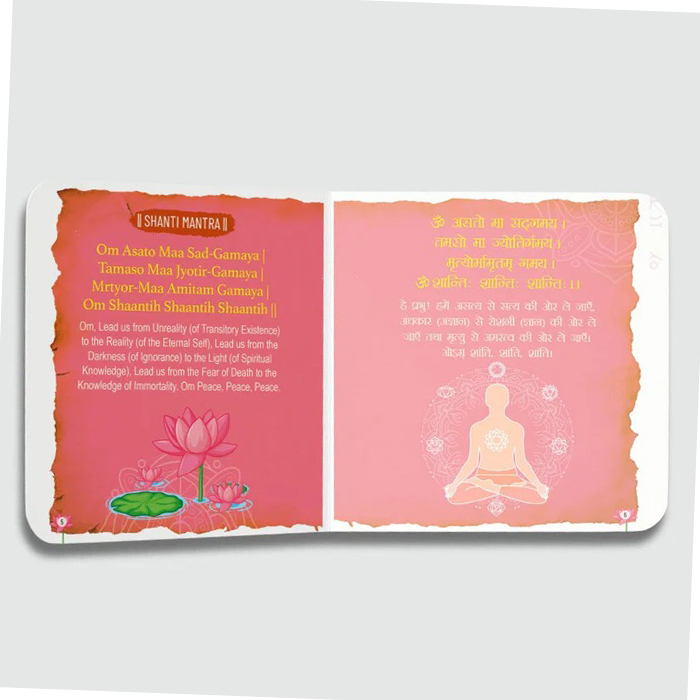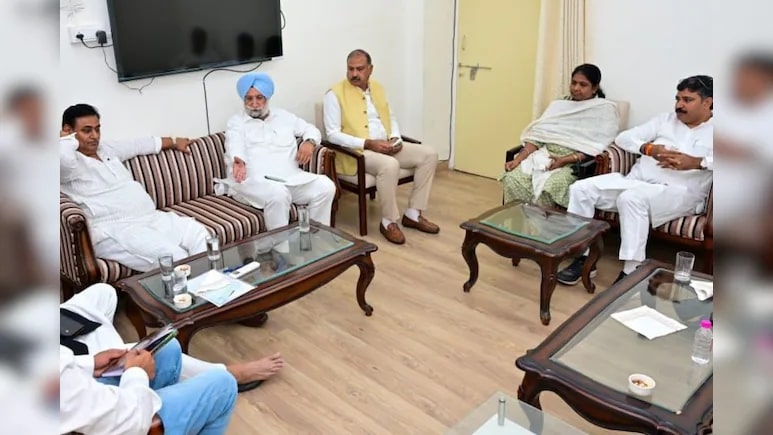
Patturaagyaam Binaa Naaree Uposhya Vratchaarinee. Aayushya Harte Bhartuhsaa Naaree Narakam Vrajet.
The meaning of the above stanza which is taken from Chanakya Niti is “That wife who takes a resolve without seeking her husband’s permission for it verily shortens her husband’s life. Such women are consigned to hell when they die”. It’s not new to us that Indian society follows patriarchal norms. A norm where females are dominated by males. It’s a mindset of society that females are born to get married, give birth and do the household work. It’s believed that women should be always under the control of a male. With the change of society, many changes have been done in law to bring women into the main streamline of society along with men. Law has played a very important role in women’s empowerment, so that no woman should be treated badly in the society. Many amendments are made in the law to change the patriarchal norms. Although the law has been framed for the benefit of the protection of women, certain areas of law need further amendments. These are those laws that are biased to patriarchal norms. Earlier it has been a belief that the duty of a woman is to give birth to a male child for continuance of the family tree. Surprisingly when 6th and 7th Family Planning was introduced in India, at that time the main aim of the government was to maintain an NRR (Net Reproductive Rate) of 1 for population control. The Net Reproductive Rate is usually defined as the rate of reproducers born per couple that is females who live to reproduce. To maintain the NRR of 1, one can give birth to many sons but for the girl child, it should be only 1. As for the government, it was not acceptable to have more than one daughter from a wife. Many doctors were of the view that NRR of 1 can be achieved from female foeticide. Maybe this was one of the reasons behind the abnormal sex ratio in India. Although after the enactment of the Pre-Conception and Pre-Natal Diagnostic Techniques Act, 1994, somewhere female foeticide and female infanticide have been controlled but one cannot deny the fact that it was because of the 6th and 7th family planning policy many women have to suffer and many unborn fetuses were killed before or after birth. Another area where one can find the patriarchal mindset of the society is obvious is the rape provisions of the Indian Penal Code which says that marital rape will not be a crime as per Section 375, Exception 2 if the man does non-consensual sexual intercourse with his wife who is not less than 18 years old. If the wife is less than 18 years then it will come under marital rape. But the question which arises here is why this kind of discrimination has been done in terms of wife’s age. It’s taboo in Indian society that the wife is not supposed to discuss any kind of marital issue with others. And marital rape is something that in itself is a very debatable topic. According to the latest National Family Health Survey, it was found that 1 in 3 Indian women in the age group of 18-49 has suffered some kind of spousal abuse; and around 6% have suffered sexual violence. Data is there to show and prove that married women are victims of sexual violence but the law failed to provide relief to them as maybe it is a license given to the husband through the institution of marriage to have sex with his wife, it does not matter whether she is giving her consent or not. Wife’s consent does not matter here. What matters is the husband’s wish to which the wife has to follow blindly. Even Justice Burma Committee recommends removing the exception to marital rape from Section 375 of IPC. Many surveys conducted by the different organization has found that women accepted that their husbands had physically forced them to have sex and even men during interview admitted to having forced sexual act on their wives. In many cases, women had to be admitted in the hospital. In such cases when a complaint is registered then the police generally file case under section 498A of IPC. According to Ranjana Kumari of the Centre for Social Research, “For generations, women have been given in marriage. Once married she is viewed as property that belongs to her husband and his family. A woman’s right to her body is not recognized.” Even Mr Justice V.R. Krishna Iyer, former judge of the Supreme Court of India, once stated that women continue to suffer from the womb to the tomb. It is a fact that woman is suffering here because of the mindset which has been put in their mind from their birth that they are born to listen to their father, brother, and husband. Here law too has failed to understand the misery of the wife’s mental and physical conditions when she is forced to have sex with her husband. Rape is a heinous crime and one should not forget its negative impact on the mind and body of the victim. One has to change the mindset of the males that the wife means their property and the non-inclusion of marital rape in the IPC somewhere shows the support of the law towards the patriarchal norms. There should not be any age discrimination for considering marital rape under Section 375 of IPC. Judiciary also on several occasions has accepted that marital rape should be considered a crime as it’s against the dignity of a wife.
Dr Pyali Chatterjee is HOD, Faculty of Law, ICFAI University, Raipur in Chhattisgarh















